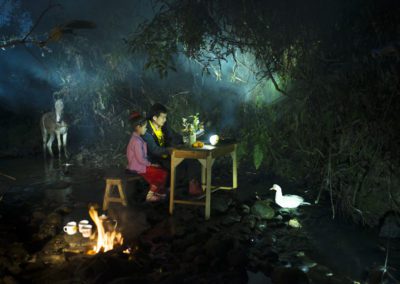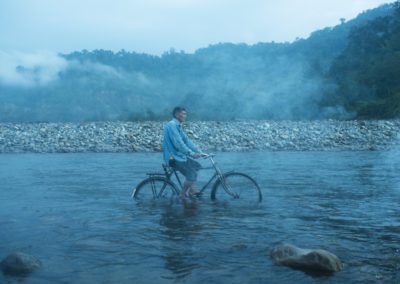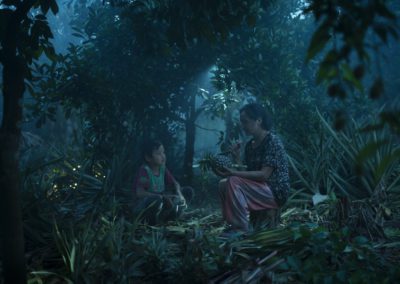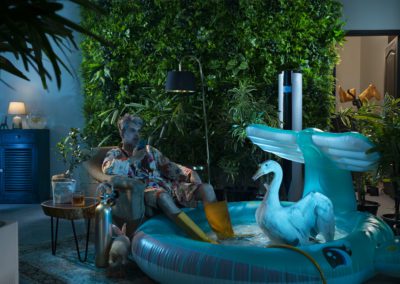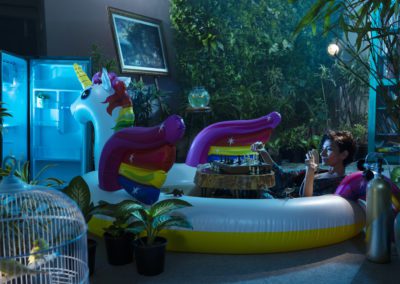This past week, the Mittal Institute welcomed two new VAF Artists, Aamina Nizar and Sharbendu De, to Cambridge for the start of their eight-week research fellowship at Harvard. The VAF program connects artists from South Asia with Harvard’s intellectual resources, and allows a platform for mid-career artists to conduct independent research that explores critical issues in South Asia through the lens of art and design.
Aamina and Sharbendu share their early impressions of their fellowship in the following Q&A. And meet them both in-person as they share their work at their Visiting Artist Fellows Art Exhibition, “Capturing the Change, Imagining the Future” on October 24.
About the VAF Artists
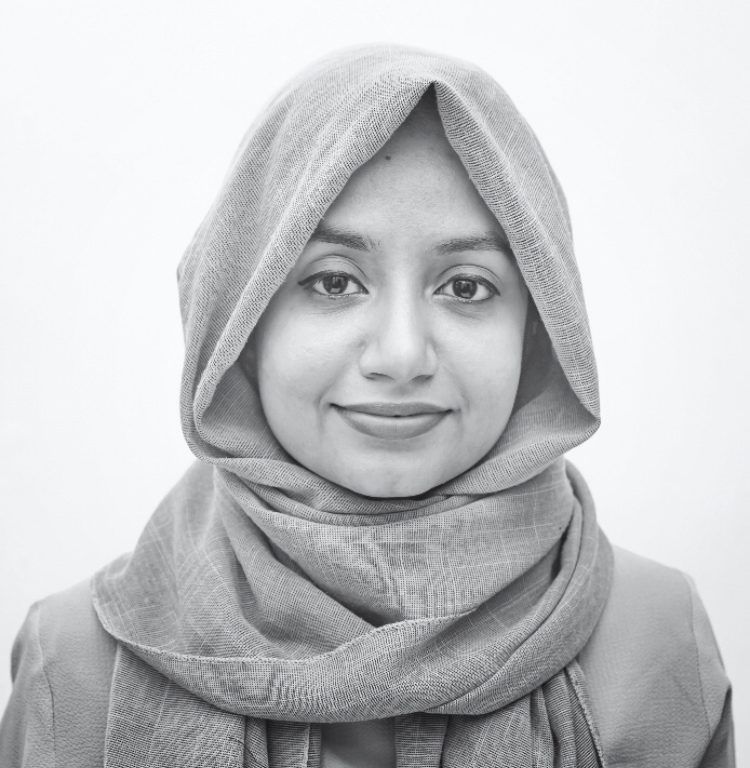
Aamina Nizar
Aamina Nizar is a commercial and documentary photographer from Sri Lanka. Her documentary ‘The Colombo Project,’ on the city’s urban changes was conceptualized as an installation at Colomboscope, Sri Lanka (2016), and at The Serendipity Arts Festival in Goa (2019). She collaborates with fellow artists and researchers in order to create artwork that broadens perspectives on themes she is exploring. These include ‘Let there be Light’ (2018), ‘Permutations and Possibilities’ (2018), annual events by the Women and Media Collective, ‘Closing Chapters’ (2022) and ‘Brilliant Resilient’ (2022). She has a Bachelor’s Degree in Mass Media (Journalism) from Sophia College, Mumbai, India.
On Her Motivations: “I have always been drawn to visual mediums. From painting, to photography, and to moving images. Today, I embrace technology to create experiential artworks that are placed both in reality and magic.Using still images, time-lapse photography, animation and film, the installation, ‘The Colombo Project’ (2016) hopes visitors could experience Colombo’s potential as a vibrant metropolitan. It started taking shape a decade ago, and evolves as I evolve, and the city evolves. Research is a key element of my artistic practice. And I work collaboratively with my subjects, other artists and researchers to help me broaden my perspective on various themes.”
What She Looks Forward To: “I had been slowly educating myself on urban planning and its impact on human relationships, while juggling my work as a commercial photographer. As it was a self-taught process, I was always careful to show my work in a limited capacity unless I had research to support it. I was excited to get this fellowship and visit Harvard, particularly the Department of Urban Planning and Design headed by Rahul Mehrotra, in order to expand ‘The Colombo Project’ more impactfully.”
On Her Time at Harvard: “I hope to research successful urban planning in cities around the world. I would also like to study the impact of digital technology on physical spaces, and their effect on meaningful relationships between humans. As well as VR technology and other mediums I can use to execute my artwork.”
A selection of her work is below.
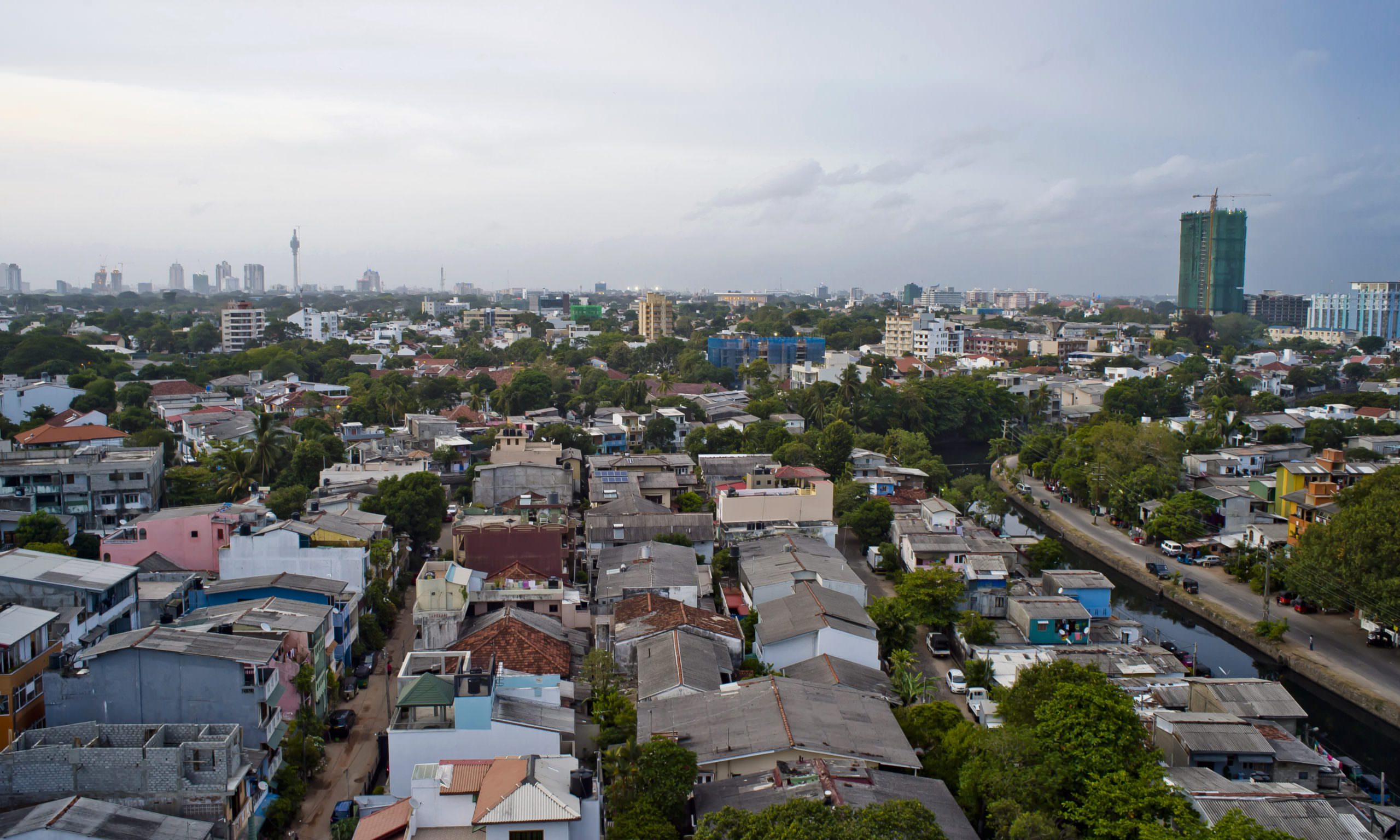
Colombo 2016 by Aamina Nizar.
Sharbendu De
Sharbendu De is a lens-based artist, academic and a writer based out of Delhi. In 2018, Feature Shoot recognised De as an Emerging Photographer of the Year, was shortlisted for the Lensculture Visual Storytelling Awards (2019) and Lucie Foundation’s Emerging Artist of the Year Scholarship (2018). His conceptual series An Elegy for Ecology (2016-21) dealing with climate change premiered at the Asian Art Biennale 2021, Taiwan, followed by a solo at the SHRINE EMPIRE Gallery, New Delhi (2021-22). His series Imagined Homeland (2013-19) on the indigenous Lisu tribe from Arunachal Pradesh has received critical appreciation. De has an MA in Photojournalism from the University of Westminster (2010), London.
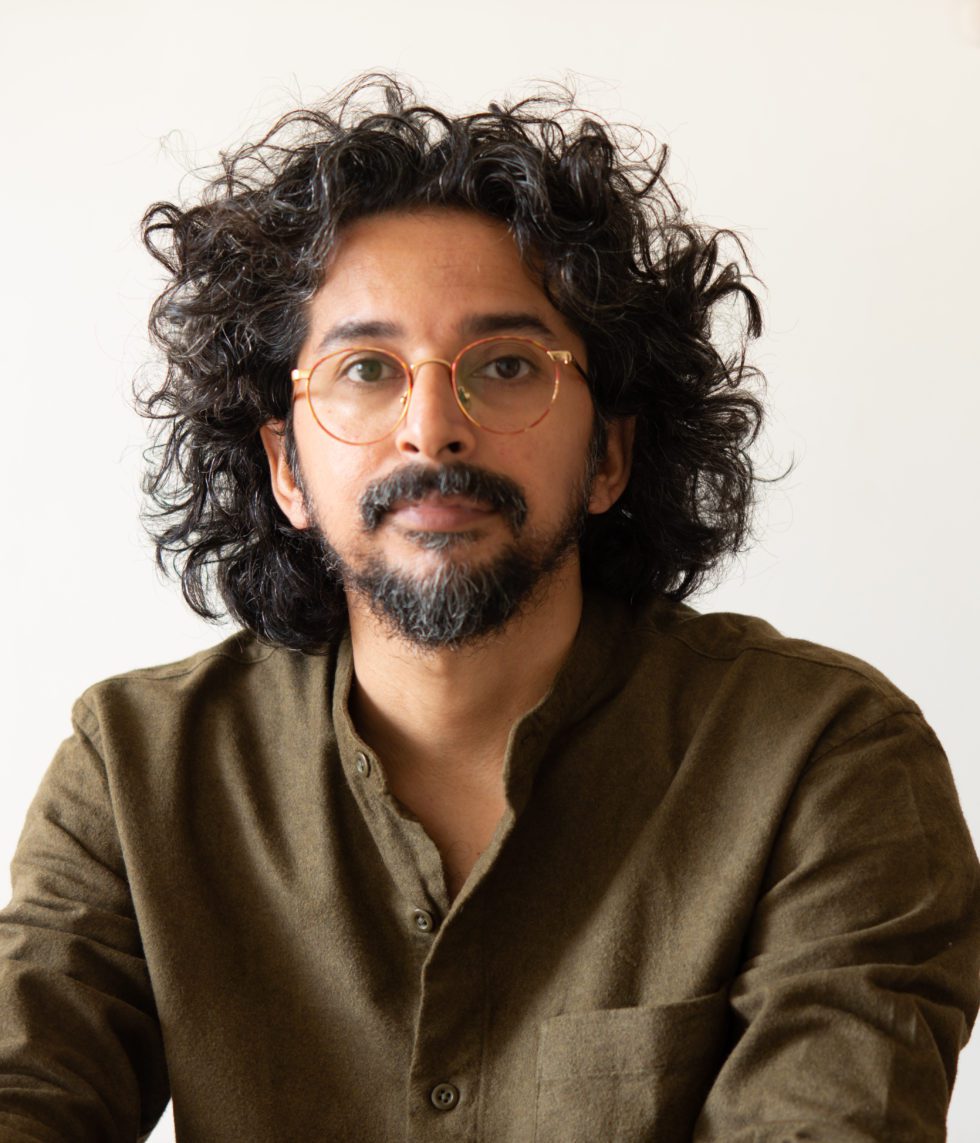
On His Motivations: “Why do we pigeonhole subaltern communities into specific issues? Why must we primitivize and exoticize them? Why must be oversimplify their lives to cater to the market forces? If the classical representational approaches have divided us instead of bridging the society, then what alternatives do we have today? During the seven years of working on Imagined Homeland (2013-19) I kept searching for their answers whilst countering the colonial gaze. Living an exceptionally frugal life with them, at times for months, helped. Guided by Lisu history, folklores and anecdotes, I attempted to evoke the sensory experiences felt by them (and me). I borrowed from dream symbolism and Jungian philosophy and explored archetypal interconnections between man, animal and nature.”
What He Looks Forward To: “I am excited about showing Imagined Homeland to my fellow contemporaries and faculty members at Harvard, and to engage in stimulating conversations with them, attend lectures, access Harvard libraries and museums.”
On His Time at Harvard: “I am particularly looking forward to attending lectures and undertaking research about diverse representational approaches in a postcolonial era, sensory ethnography, phenomenology, media anthropology, post-human and multi-species anthropology, as well as pursue research-based education on climate change at its intersections with arts. I also wish to turn Imagined Homeland into a book and hope to use my time at Harvard to work on a dummy.”
A selection of his work is below.

